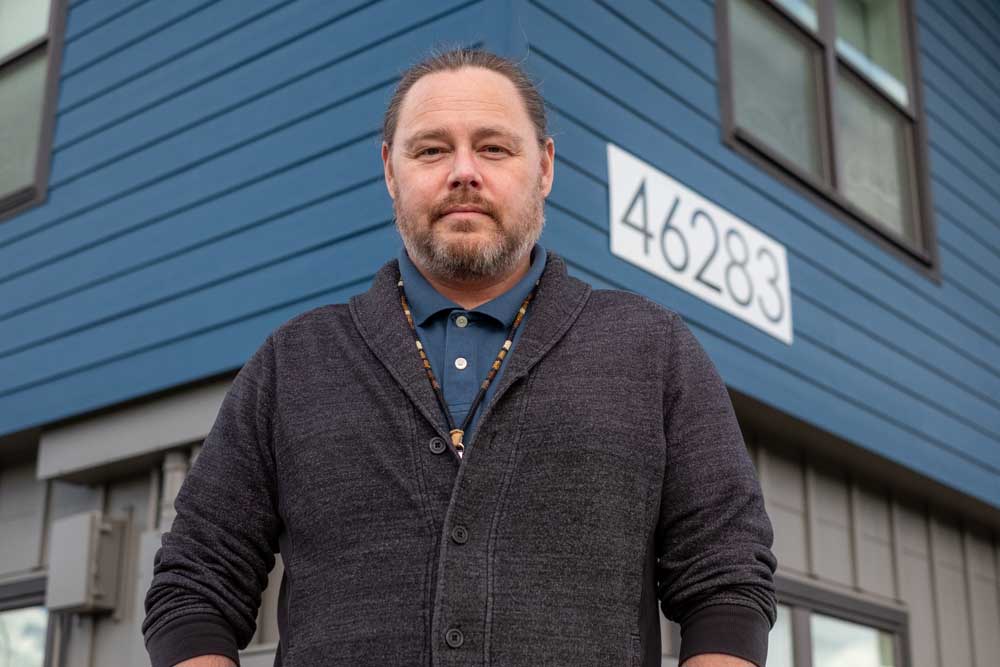Homegrown: More than just punching a time clock
Published 6:00 am Tuesday, June 1, 2021

- Wattenburger
If all goes well, I’m near the midway point in my working career. The six paid jobs I’ve had since the age of 15 — research assistant, pizza delivery driver, security guard, after-school youth mentor, journalist and communications consultant — also put me about halfway to the 12 jobs the average American holds during a lifetime.
I’m not planning on another six job changes in the next 25 years, but you never know. Learning new skills and working on new projects is equal parts challenging and rewarding. Finding fulfilling work that also pays the bills and allows for a healthy life balance is an ever-changing goal.
Thinking on the jobs I’ve had — and the times between jobs — I’ve been trying to make sense of worker shortages in nearly every occupation. From shorter-term positions like lifeguards and fast-food workers to careers in agricultural production and health care, everyone seems to be hiring but few are looking. Reporting in the East Oregonian has highlighted this quite well in recent months.
Some have chalked it up to an overabundance of unemployment benefits. There is truth to that, as COVID-19 restrictions sent a lot of people home and the government responded with fully replaced incomes. In some cases those benefits still are paying out as restrictions subside. If that’s the main driver, there should be a surge in the coming months as the checks stop coming and people get back into the workforce.
COVID-19 also kept a lot of people out of the workforce to care for their children. A recent report from the Oregon Office of Economic Analysis shows 350,000 working parents — about 17% of the total workforce — had no ability to work from home and no other nonworking adult available to provide childcare. With schools reopening, another hurdle will be removed although the larger issue will persist.
The shortage of workers, especially in Umatilla and Morrow counties, is not a new phenomenon. And the impact of government programs isn’t new, either. Five years ago, Umatilla County and Blue Mountain Community College conducted a skilled workforce study to identify the strengths and weaknesses of the local labor supply.
The report, which relied on surveys from hundreds of businesses, found employers were struggling to find applicants who weren’t already earning more money from government assistance and could pass a drug test. Other challenges included cumbersome licensing requirements imposed by the state of Oregon and an evolving definition of work ethic.
The lack of willing and able workers has many specific negative effects. The shortage of school bus drivers, for instance, leads to disruptive delays and stunts educational time for certain students. Too few lifeguards on duty means limited instructional classes. A psychiatric or medical facility unable to maintain staff leads to diminished care for everyone.
There are broader effects as well, including developers and employers opting to set up somewhere with a more predictable workforce.
I don’t know what the second half of my working life will look like, for myself and much less for the rest of the workforce. Automation will continue to play a growing role, protecting businesses from the expense of labor shortages. Cultural values will continue to change. The gig economy will grow.
There has to be room in society for these kinds of changes. We must be able to maintain a high quality of life, value personal development and encourage community contribution, while recognizing that punching a time clock isn’t the only way to achieve these things.
Few people are lucky enough to find a dream job, the kind where it feels like you never have to work a day in your life. I’m skeptical that truly exists.
But that collection of less-than-perfect jobs you accumulate by applying and learning and growing have a real impact on yourself and your community. We’ll be better off by embracing work as a societal good rather than simply a path to a paycheck.





